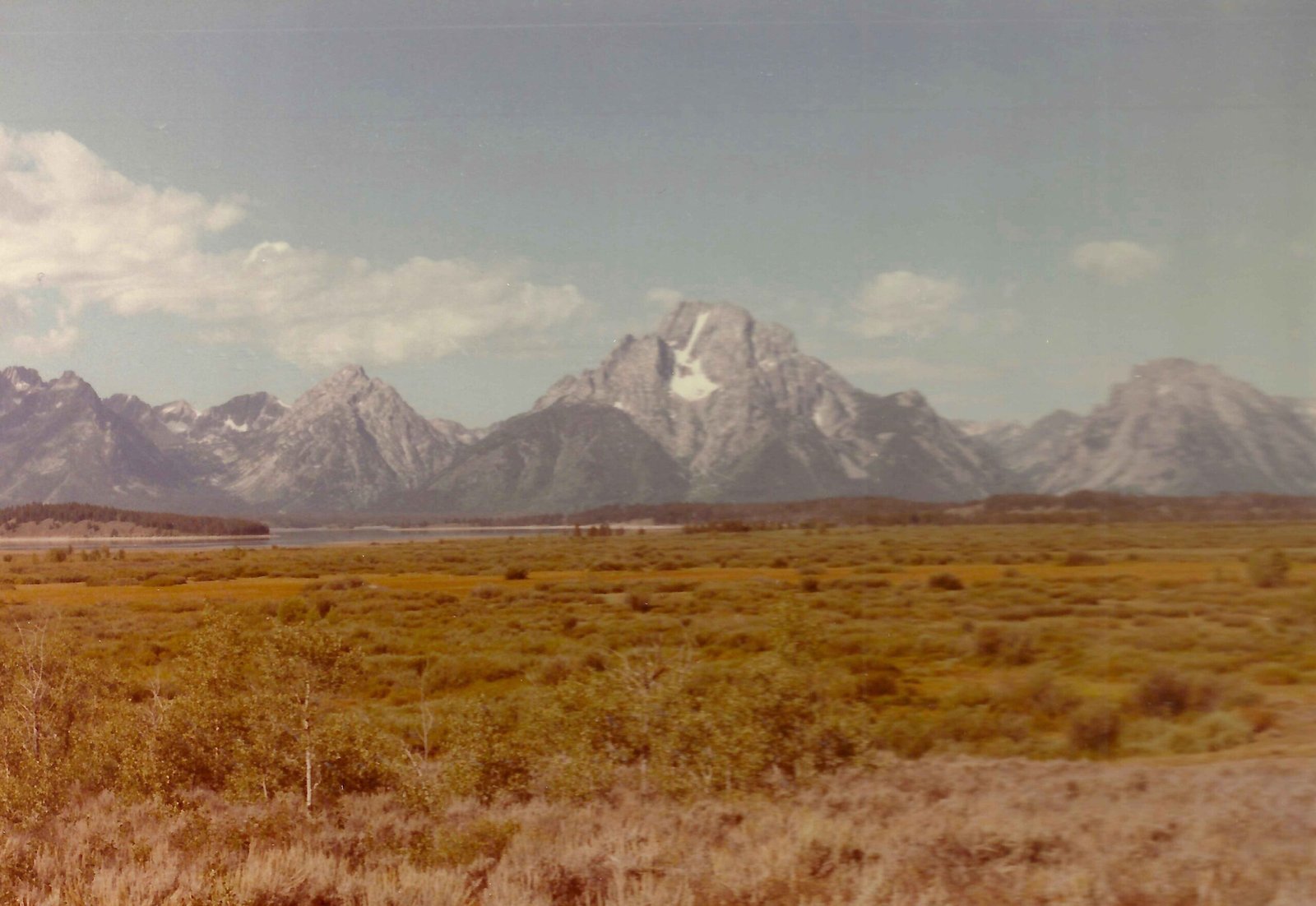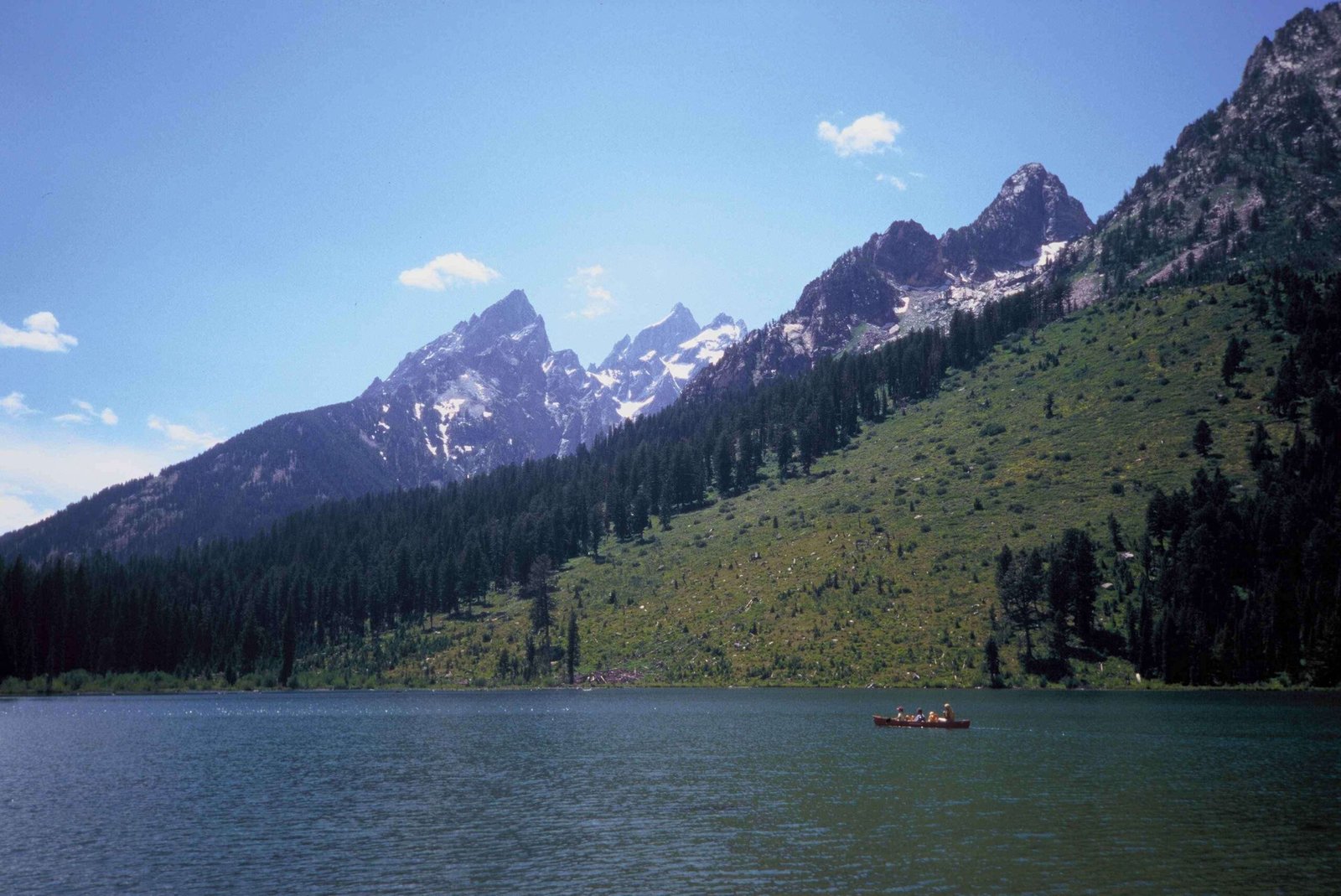Grand Teton National Park offers an unparalleled nocturnal canvas where the Milky Way stretches across obsidian skies, transforming the landscape into a celestial theater. With minimal light pollution, expansive mountain vistas, and crystal-clear atmospheric conditions, this Wyoming wilderness provides astronomers, photographers, and nature enthusiasts an extraordinary opportunity to witness the universe’s magnificent display against the silhouette of the majestic Teton Range.
What Makes Grand Teton National Park a Stargazing Paradise?

Grand Teton National Park represents a premier destination for night sky observation, characterized by several unique astronomical advantages:
Dark Sky Characteristics
- Light Pollution Level: Bortle Class 2-3 (near-pristine dark skies)
- Visibility Range: Up to 100 miles of unobstructed celestial viewing
- Average Clear Nights: Approximately 230 nights per year
Astronomical Visibility Factors
| Factor | Description | Impact on Stargazing |
|---|---|---|
| Elevation | 6,320-13,775 feet | Enhanced atmospheric clarity |
| Latitude | 43.7904° N | Optimal galactic core visibility |
| Seasonal Variation | June-September | Peak Milky Way observation period |
Where Can You Find the Best Stargazing Spots?
Mormon Row and Antelope Flats
Located in the park’s northern region, Mormon Row offers:
– Unobstructed horizon views
– Iconic barn structures as foreground elements
– Easy vehicle accessibility
– Minimal walking required for setup
Backcountry Stargazing Locations
For adventurous astronomers, consider:
– Death Canyon Shelf
– Alaska Basin
– Jedediah Smith Wilderness areas
What Equipment Do You Need?
Essential astrophotography and stargazing gear includes:
1. Wide-angle lens (10-24mm)
2. Sturdy tripod
3. Camera with manual settings
4. Remote shutter release
5. Red headlamp
6. Star chart or astronomy app
How to Capture the Perfect Night Sky?
Recommended camera settings:
– ISO: 3200-6400
– Aperture: f/2.8
– Shutter Speed: 15-30 seconds
– White Balance: 3700-4000K
When Should You Plan Your Visit?
Optimal Observation Periods
- Best Months: June through September
- Ideal Moon Phases: New moon or minimal lunar illumination
- Peak Milky Way Visibility: Mid-June to early August
Conservation and Respect
The National Park Service emphasizes responsible stargazing:
– Use red lights to preserve night vision
– Minimize artificial light
– Stay on designated paths
– Practice Leave No Trace principles
Pro Tips for Night Sky Enthusiasts
- Check weather forecasts
- Bring warm layers
- Use astronomy apps for precise planning
- Allow 30 minutes for eye adaptation to darkness
Safety Considerations
- Carry bear spray
- Inform someone about your location
- Bring emergency communication device
- Stay hydrated and prepared for temperature drops
Final Astronomical Insights

Grand Teton National Park transcends typical stargazing experiences, offering a profound connection between earthly landscapes and cosmic wonders. Whether you’re a professional astrophotographer or a casual sky observer, this destination promises an unforgettable nocturnal journey.

